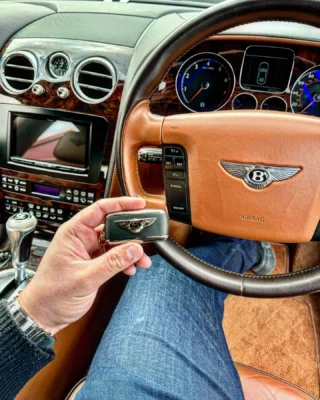Comprehensive Guide to Door Lock Repair: Ensuring Security and Functionality
Door locks play an essential function in securing homes and companies, supplying peace of mind and securing important assets. However, in visit the website , door locks might experience malfunctions or wear due to numerous aspects. This short article explores the typical concerns related to door locks, efficient repair strategies, and valuable upkeep suggestions for guaranteeing their longevity and functionality.
Comprehending Door Lock Types
Before diving into repair methods, it is essential to comprehend the different types of door locks. Each type may present distinct concerns requiring different methods to repair. The most common door lock types consist of:
| Lock Type | Description | Typical Issues |
|---|---|---|
| Deadbolts | Bolt that extends into the door frame for security. | Sticking, problem turning, misalignment |
| Knob Locks | Round lock discovered on doors. | Loose knobs, stuck key, broken springs |
| Lever Handle Locks | Lever-operated locks typically discovered in business areas. | Deal with looseness, lock cylinder problems |
| Smart Locks | Electronic locks managed through app or keypad. | Connection problems, battery failure, software problems |
Typical Lock Problems and Repair Techniques
1. Sticking or Jammed Locks
Signs:
- Difficulty turning the key
- Key gets stuck
- Lock feels stiff
Repair Steps:
- Lubrication: Apply a graphite-based lubricant to the keyhole and key system. Prevent oil-based lubes, which can bring in dirt.
- Modification: Check if the door or lock is misaligned. Change the screws or hinge positioning as needed.
- Cleaning: Remove dirt and debris from the lock cylinder utilizing compressed air or a clean fabric.
2. Loose or Wobbly Knobs and Handles
Symptoms:
- Knobs or handles fall out of place
- Excessive movement when turning
Repair Steps:
- Tightening Screws: Using a screwdriver, tighten up the screws that hold the knob or deal with in place.
- Changing Washers: If parts are worn, think about replacing washers or internal parts specific to the lock type.
3. Broken Key Issues
Signs:
- A key ends up being stuck within the lock
- The key breaks off in the cylinder
Repair Steps:
- Retrieval: If a key breaks off, utilize a set of needle-nose pliers to carefully extract the piece from the lock.
- Key Replacement: For seriously harmed keys, get a duplicate or rekey the lock to make sure security.
4. Misaligned Locks
Signs:
- The door does not close correctly
- Lock does not engage with the strike plate
Repair Steps:
- Adjust Hinges: Use a screwdriver to tighten or rearrange hinges.
- Straighten Strike Plate: If the lock bolt does not line up with the strike plate, consider moving the plate slightly to accommodate the lock.
5. Smart Lock Malfunctions
Signs:
- Lock fails to respond to keypads or mobile phone apps
- Connection problems
Repair Steps:
- Battery Check: Replace the batteries within the smart lock if it reveals indications of power failure.
- Software Update: Check for firmware or software application updates through the lock manufacturer's application.
Preventive Maintenance Tips
Preserving door locks can extend their life expectancy and reduce the likelihood of breakdowns. Consider the following suggestions for effective lock upkeep:
- Regular Lubrication: Apply graphite-based lubricant every six months to keep internal elements moving efficiently.
- Examine Regularly: Periodically check locks for any indications of wear, misalignment, or damage.
- Secure Against Weather: For exterior locks, consider using weather-resistant locks and guarantee that they are frequently cleaned up to remove harsh components.
Frequently asked question Section
1. How typically should my homepage alter my door locks?
It is suggested to alter your door locks whenever you move into a new home, experience a break-in, or your present locks reveal significant wear. Routine examinations can also direct timely replacement.
2. What can I do if my lock is frozen during winter?
Use a lock de-icer that is specifically created for this scenario. Applying heat (like a hair clothes dryer) may likewise help, however beware of harming the lock.
3. Can I repair a lock myself?
Lots of minor lock issues such as lubrication, tightening screws, and adjustment can be solved DIY. Nevertheless, if the problem is extreme or requires a lock rekeying, professional help may be required.
4. When should I call a locksmith?
If your attempts to repair the lock stop working or if you discover yourself locked out, it is best to consult a professional locksmith for support.
Investing time in understanding and carrying out door lock repairs can considerably improve the security and functionality of your locks. Recognizing common concerns and proactively addressing them, while integrating preventive maintenance practices, can ensure that your door locks remain reliable for years to come. Must issues continue or intensify, expert locksmith services are constantly available to safeguard your security requires.

